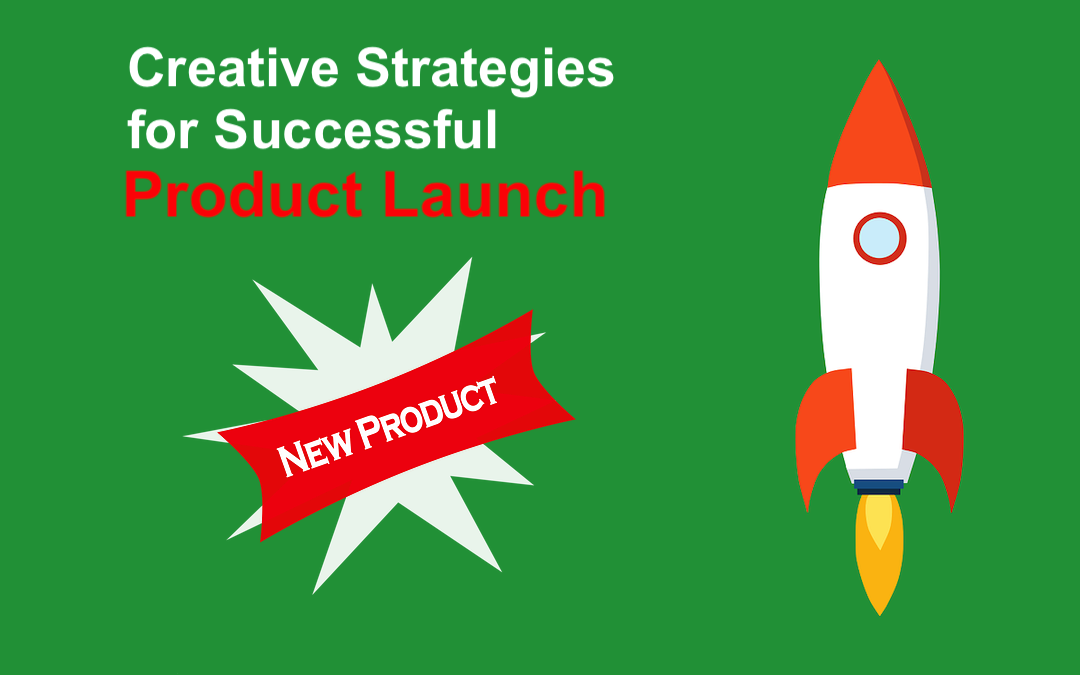
Launching a product is a thrilling milestone, but it requires a well-thought-out approach to ensure success. A successful product launch not only generates buzz but also lays the foundation for long-term customer engagement and sales growth. Below, we explore creative and practical strategies to help you introduce your product effectively.
Understanding the Importance of a Product Launch
A successful product launch is more than an event—it’s a key opportunity to showcase your brand’s innovation and connect with your target audience. A well-executed launch can:
- Create excitement and anticipation.
- Position your brand as an industry leader.
- Drive immediate and long-term sales.
Preparing for the Launch
Preparation is the backbone of any successful product introduction. Here’s how to set the stage for your launch:
1. Define Your Goals
Clearly outline what you want to achieve. Are you aiming to boost sales, build brand awareness, or gather user feedback? Identifying your goals will guide your launch strategy.
2. Understand Your Target Audience
Conduct market research to understand your audience’s needs, preferences, and behaviors. Tailor your messaging to resonate with them.
3. Analyze Competitors
Study how competitors have launched similar products. Identify what worked for them and areas where you can innovate.
Crafting a Winning Product Launch Strategy
1. Create a Pre-Launch Buzz
Building anticipation is key to a strong product launch. Here’s how to do it:
- Social Media Teasers: Share sneak peeks, behind-the-scenes content, and countdowns.
- Email Campaigns: Keep your existing customers and subscribers informed and excited.
- Influencer Partnerships: Collaborate with influencers to generate early interest.
2. Leverage Storytelling
Create a compelling story around your product. Highlight its unique value, the problem it solves, or the inspiration behind its creation. Storytelling adds an emotional connection, making your product memorable.
3. Host a Launch Event
A well-executed event can leave a lasting impression. Consider:
- In-Person Events: Product demos, workshops, or launch parties.
- Virtual Events: Webinars or live streams for a global audience.
- Hybrid Events: Combining physical and digital elements for maximum reach.
Post-Launch Engagement Strategies
1. Gather Feedback
Invite customers to share their opinions through surveys or reviews. This not only improves your product but also fosters customer loyalty.
2. Continue Marketing Efforts
Don’t let the buzz fade after launch. Keep your audience engaged with:
- Follow-Up Campaigns: Share updates, testimonials, or how-to guides.
- Loyalty Programs: Reward early adopters with discounts or exclusive perks.
3. Analyze Performance Metrics
Evaluate your launch’s success by tracking metrics such as:
- Sales figures.
- Website traffic.
- Social media engagement.
Use this data to refine future launches.
Common Mistakes to Avoid
To ensure your launch’s success, steer clear of these pitfalls:
- Lack of Planning: Rushing into a launch without a clear strategy.
- Ignoring Feedback: Overlooking customer insights during the pre-launch phase.
- Underestimating Competition: Failing to differentiate your product in the market.
Final Thoughts
A successful product launch requires creativity, thorough planning, and consistent engagement. By focusing on your goals, understanding your audience, and using innovative strategies, you can create a memorable introduction that sets your product up for long-term success.
Are you ready to bring your product to life? Start planning now, and watch your vision become a reality!
Share this post
Leave a comment
All comments are moderated. Spammy and bot submitted comments are deleted. Please submit the comments that are helpful to others, and we'll approve your comments. A comment that includes outbound link will only be approved if the content is relevant to the topic, and has some value to our readers.




Comments (0)
No comment